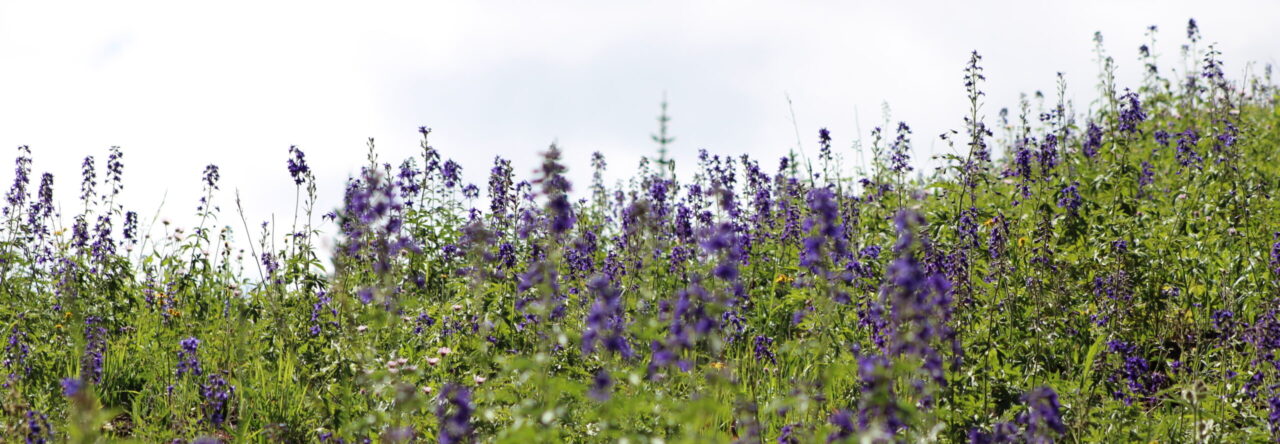April 25, 2023
Norman, Okla.- Native American tribes face a scarcity of Indigenous language speakers.
The absence of language was primarily due to the limited resources many Natives had growing up in American Indian boarding schools; where many were civilized in English and not Native American languages or cultures.
Raina Heaton, Assistant Curator at Sam Noble Museum and Assistant Professor at the University of Oklahoma has shown an effort to digitize Native languages at Sam Noble Museum.
“At the [Same Noble] archive, we have a digitization lab where people can bring in items [such as books, photographs, antiques] they may find, and we can help them digitalize the archives they have found for free. For example, people bring in shoe boxes full of Native American archives they have found [in a home from one’s belongings] and we can make a CD or something to give back to them for a family collection of Native archives,” Heaton said.
Language is perceived as the key to Native Americans’ identity, culture and values. Gordon Yellowman said a detail of his early childhood days with his grandmother, a full-blood Cheyenne Native American, who wanted Yellowman to attend a public school for the best shot at success.
In the end, Native Americans realized that to preserve and retain their Native languages, they needed the space and opportunity to speak and infiltrate their cultures and language into everyday lives, outside of the home.
“My grandmother, who attended the Concho Native American Boarding School for eight years, desired for us to go to a public school,” said Yellowman. “When the Title IX funding came in from the Federal Government in the 1970s, there were language programs in schools that would allow students to take language classes to learn more about the language they were native to. I kept asking my parents why we did not continue to speak our (Cheyenne) language. They would respond with the thought that my grandmother did not want me to experience what she went through [in the boarding school] and the trauma she experienced from the punishments towards her when she spoke her native language and not the English language.”
Published by the National Public Radio, journalist Charla Bear detailed how many Native children disregarded their first language and instructed to be transformed into being civilized in English through education (Bear, 2008). In the present day, language revitalization curriculums and organizations have been created to bring back native languages into the daily lives of native peoples.
Across America, language programs have been established in schools for students to study in-depth identities of Native American tribes. Student-workers, such as Kyrtleigh Snow at the University of Oklahoma, were given the opportunity to work for their Native tribes. Working to support and equip others to live as an Indigenous person.
“I work for the Chickasaw Nation Recruitment and Retention Center in Norman. My position as an Apela, which means “helper” in Chickasaw, is to help support and promote success as a mentor for Chickasaw college students in Oklahoma. Language classes, pronunciation aides, and events are hosted on campus at OU to help promote the Chickasaw ways of life and the language as well,” Snow said.

Leave a Reply